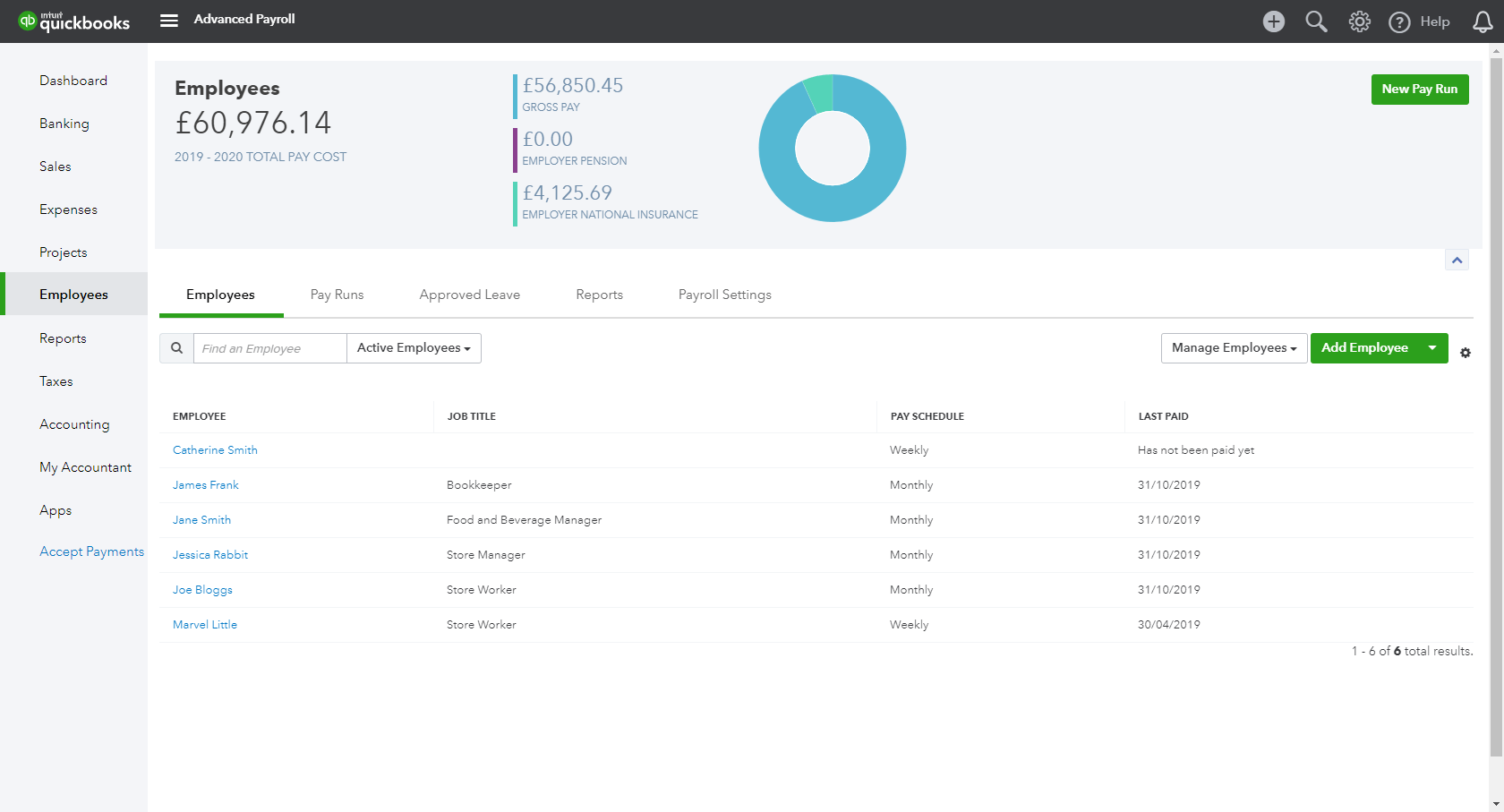
This includes lots of extra reporting information that’s helpful for understanding your sales, but not necessary for your bookkeeping. Essentially, QuickBooks can import every piece of information Shopify records including abandoned and unfulfilled orders. The integration set up takes some accounting knowledge and understanding of how you want to record the data. Setting up the Shopify integration in QuickBooks Think of this as choosing cash basis (recording just the payouts) or accrual basis (recording the sales as they happen). When setting up the integration, you choose between recording sales or payouts. But the accrual basis can benefit you if you’re looking for a higher degree of insight and information. Most small to medium businesses use the cash basis because it’s less work. You record sales and the money gets transferred at least one business day after Shopify collects the payment.įor example, if you ran a big end of the month promo sale in March and recorded $1,000 in sales on the 31st but it doesn’t hit your bank account until April 1st, the sales are recorded in March on the accrual basis and April on the cash basis. When using Shopify, your sales don’t immediately hit your bank account. On the accrual basis, you record the transaction at the point of sale regardless of if money has changed hands yet. Using the cash basis, you only record transactions once the money has entered or left your bank account. The Shopify integration and your accounting methodīefore configuring your connection, you need to decide whether your business is operating on a cash or accrual basis. It connects deposit information from Shopify with your bank transactions to confirm data from both platforms matches. Once the connection is established, information automatically gets imported and categorized in QuickBooks. To get the integration, add the Shopify Connector app to your account. Merchant fees are a tax deductible expense so every dollar collected by Shopify when processing transactions reduces your tax bill.


Sales tax needs to be collected and remitted to the state-which given how the sales tax nexus works, is dependent on the state of the purchaser. Part of each transaction is sales tax and merchant fees. When you sell on Shopify, you don’t get every dollar from a purchase. QuickBooks offers an integration with Shopify which imports sales and separates both fees and taxes on each transaction. QuickBooks integration for Shopify sellers


 0 kommentar(er)
0 kommentar(er)
